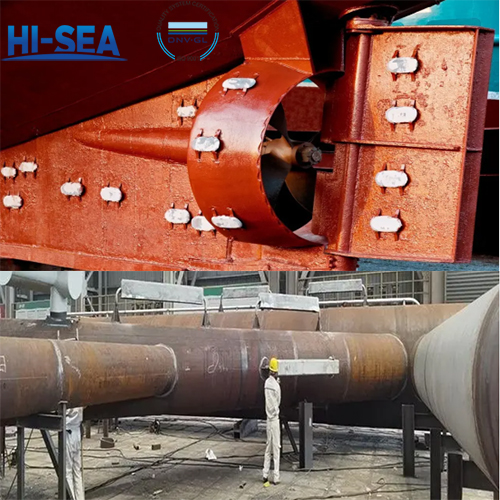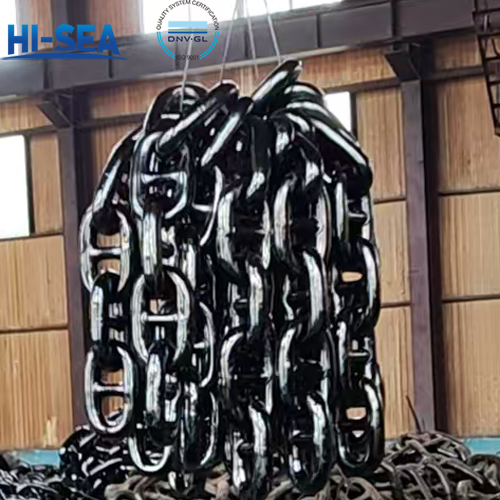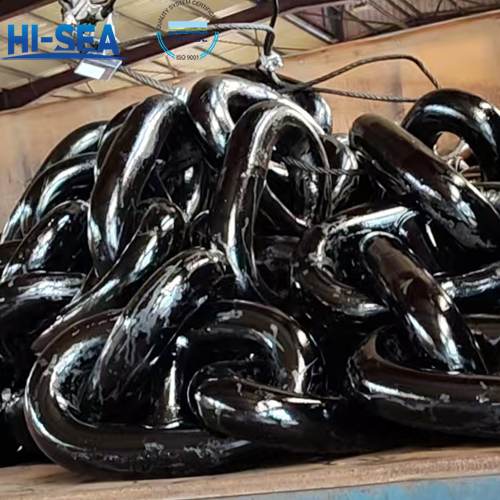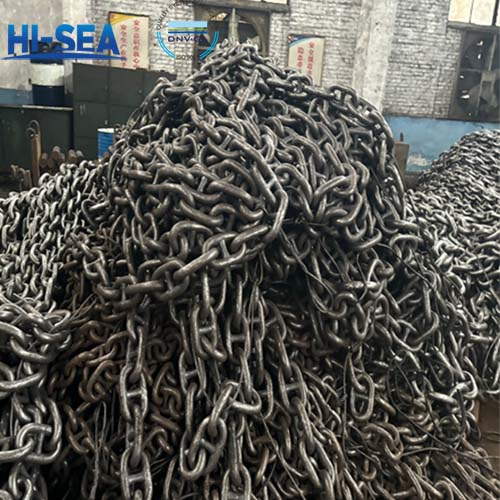
What is the Function of Sacrificial Anode?
Sacrificial anodes are electrochemically theoretical metal as anode cases where the anode (metal) is gradually consumed with the outgoing current. Sacrificial anodes are usually used economically only on structures with low protection current requirements and in low soil resistivity environments.
Overview
Functions
The primary function of a sacrificial anode is to prevent metal corrosion.
In addition, the protective function of sacrificial anode is not only limited to corrosion protection, but also includes the functions of grounding and acting as a reference electrode, which work together to effectively protect metal materials from corrosion damage.
Working Principle
Sacrificial anode protection method is a metal protection method using the principle of primary battery, which constitutes a primary battery by connecting a strongly reducing metal as a protective pole to the protected metal. In this process, the strongly reducing metal as the negative electrode undergoes an oxidation reaction and is sacrificed for consumption, thus protecting the protected metal as the positive electrode from corrosion. This method does not require external power supply, so it has the advantages of low cost and easy installation.
Application
Sacrificial anode protection method is widely used in the protection of metal materials of various equipments and structures, such as oil, petrochemical, natural gas transmission pipelines and storage tanks, harbours, bridges, ships, submarine cable pipelines, etc., to prevent or slow down the corrosion of metal materials and prolong service life.
Main Material
Materials for sacrificial anodes include magnesium, magnesium alloys, pure zinc, zinc alloys, aluminium alloys, etc., which are suitable for use as sacrificial anodes because of their low potential. For example, aluminium alloy sacrificial anode is mainly used for cathodic protection of metal structures in seawater environment or bottom plate inside crude oil storage tanks, but it is not suitable for soil environment with low chlorine ion content.





